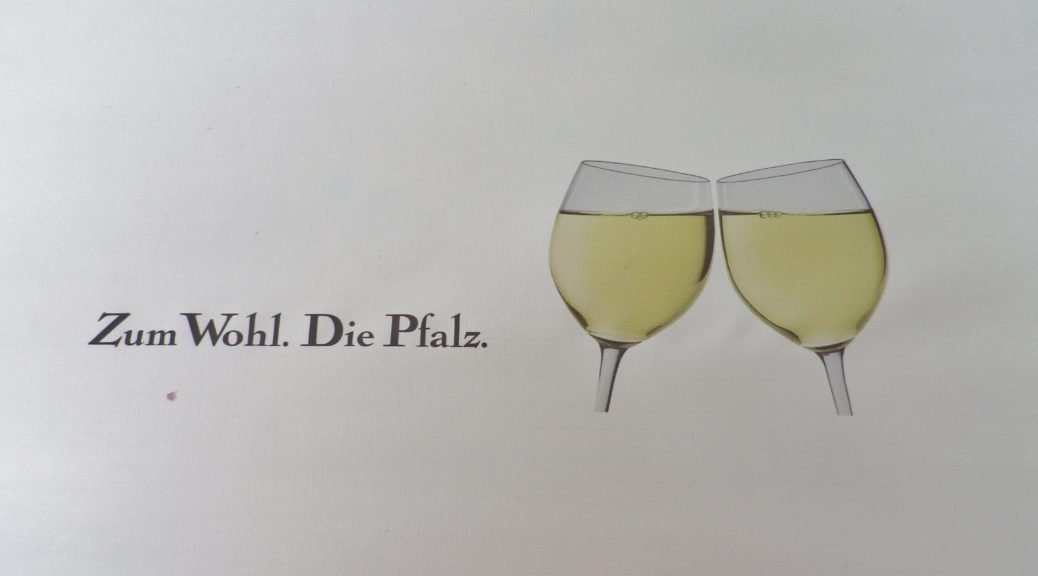What I Learned
Riesling is without a doubt the iconic wine of Germany. According to the Deutsches Weininstitut, German vineyards supply approximately 50 per cent of the Riesling worldwide! The Riesling grape does particularly well in the German climate: It will ripen more slowly than many other varietals, and obtain optimal sugar levels in the cool, and often overcast German summers. German winters in the grape-producing regions tend to be cold with some snow, but rarely frigid, and relatively short – thus providing an ideal dormant period for the vines. Every German wine region grows this varietal. But the Mosel and the Pfalz, consistently harvest the most of it. In fact, Riesling currently represents 20 percent of all wine produced in the Pfalz.
The Mittelhaardt district of the Pfalz wine region has some famous vineyards, some of the best known along the Deutsche Weinstrasse. This is especially true of the vineyards between Neustadt and Bad Duerkheim. My most recent hike in this area circled from Wachenheim, to the edges of Bad Duerkheim to the north, and Forst to the south. This passes by (or within sight of) several renowned vineyards.
In Wachenheim, Rechbaechel and Goldbaechel, lie on gently sloping terrain, facing south. The name, Goldbaechel (“Little Gold Creek”) refers to the creek running across the bottom of the slope. Wachenheim shares part of another nearby vineyard, the Geruempel, with the city of Schwetzingen, some 25 kilometers away.
Shared with Bad Duerkheim is the Fuchsmantel, a hill with a lovely southern exposure, topped by a viewing tower.
In Forst, the Forster Stift was visible a bit further to the north and east of the village center. But the more famous Pechstein was right on the trail. Its name which refers to the black volcanic basalt-based soil contained within its terroir. It adds a unique layer of minerality to the flavors of its wines.
What I Tasted
2015 Riesling, Forster Stift, Kabinett, Trocken, Deutscher Praedikatswein; Weingut Lucashof (Forst an der Weinstrasse): A dry white wine with light plus gold color; floral and green apple nose; floral, peach, green apple flavor; mildly tart finish coming through layers of luscious flavors; medium acidity.
2015 Riesling, Pechstein, Deutscher Praedikatswein, Kabinett, Trocken; Weingut Lucashof (Forst an der Weinstrasse): A dry white wine with medium minus gold color; mineral nose, with red grapefruit and peach flavors, with a hint of minerality; medium acidity.
2014 Riesling, Trocken, VDP Qualitaetswein, Buerklin-Wolf (Wachenheim): A dry white wine with medium gold color; a characteristic turpentine nose, with hints of citrus, and honey, white fruits and turpentine flavors; medium high acidity with a tart, medium-length finish.
2014 Riesling, Trocken, Deutscher Sekt b.A., Schloss Wachenheim: A dry sparkling wine with light plus gold color, and fine, lively bubbles; green apple nose, with fruity, green apple flavors, and a hint of floral flavors; medium acidity.
Riesling Cremant, Brut, Deutscher Sekt b.A., Schloss Wachenheim: A dry sparkling wine with light pale gold color, and fine, lively bubbles; pronounced floral nose, with floral and sweet spice flavors; mild acidity, well balanced overall.
